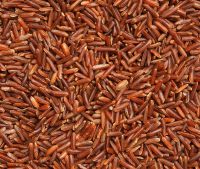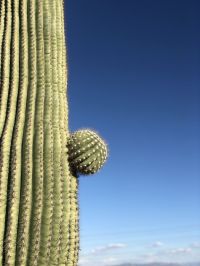20 facts about watercress
According to the U.S. Centers for Disease Control and Prevention, watercress is one of the healthiest plants. Although it is one of the oldest plants ...
12 facts about sweet potato
Yams, also known as sweet potatoes, are one of the healthiest foods, even in space. In fact, they have been appreciated by NASA and recognized as supe ...
18 facts about parsley
It is a vegetable commonly used in cooking. In addition to its taste, it also has many nutrients and can help with some ailments. Parsley root contain ...

























